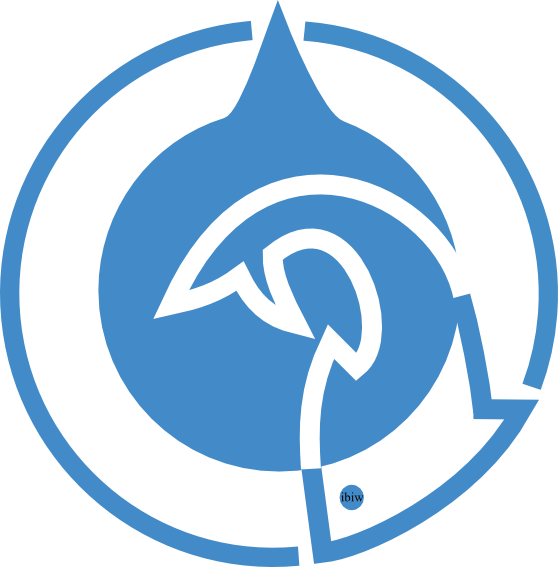UDC 577.112
A search for osmotically active proteins (OAPs) in the blood serum of the Atlantic cod Gadus morhua was undertaken using polyacrylamide gel electrophoresis methods. OAPs were identified using MALDI mass spectrometry. The results showed the presence of multiple OAPs in the anodic fraction of cod serum, among which hemopexins, inhibitors of serine proteinases and apolipoproteins in the composition of high density lipoproteins dominate. Minor OAPs were represented mainly by intracellular proteins. The osmot-ically active protein albumin, characteristic of mammals, was not found in cod's blood serum. The results of the work confirm the provisions of the “albumin-free” hypothesis of capillary exchange (Andreeva, 2020), which considers multiple proteins of different functional classes as osmotically active protein factors in the plasma of “albumin-free” teleost fish.
teleostfish, blood serum proteins, electrophoresis, MALDI
1. Detlaf A.A., Yavorskiy B.M. Kurs fiziki: Ucheb. posob. dlya vuzov. M.: Vysshaya shkola, 1989. 113 s.
2. Andreeva A.M. The strategies of organization of the fish plasma proteome: with and without albumin // Russ. J. Mar. Biol. 2019.Vol. 45. № 4. P. 263-274. DOIhttps://doi.org/10.1134/S1063074019040023
3. Andreeva A.M. Structural organization of plasma proteins as a factor of capillary filtration in Pisces // Inland Water Biology. 2020.Vol. 13. № 4. P. 664-673. DOI:https://doi.org/10.1134/S1995082920060036
4. Andreeva A.M. Organization and function of osmotically active fraction of fish (Pisces) plasma proteome // Inland Water Biology. 2021. Vol. 14. № 4. P. 449-460. DOI:https://doi.org/10.1134/S1995082921040039
5. Andreeva A.M., Serebryakova M. V., Lamash N. E.Oligomeric protein complexes of apolipoproteins stabilize the internal fluid environment of organism in redfins of the Tribolodon genus [Pisces; Cypriniformes, Cyprinidae] // Comp. Biochem. Physiol., Part D: Genomics Proteomics. 2017. Vol. 22. P. 90-97. DOI:https://doi.org/10.1016/j.cbd.2017.02.007
6. Anguizola J., Matsuda R., Barnaby O.S., Hoy K. S., Wa Ch., DeBolt E., Koke M., Hage D.S. Review: glycation of human serum albumin // Clin. Chim. Acta. 2013. Vol. 425. P. 64-76. DOI:https://doi.org/10.1016/j.cca.2013.07.013
7. Gaal O., Medgyesi G.A., Vereczkey L. Electrophoresis in the separation of biological macromolecules. Chichester, John Wiley & Sons, 1980. P. 83-87.
8. Kudinov V., Alekseeva O.Yu., Torkhovskaya T.I., Baskaev K.K., Artyushev R.I., Saburina I.N., Markin S.S. High-density lipoproteins as homeostatic nanoparticles of blood plasma // Int. J. Mol. Sci. 2020. Vol. 21. № 22. P. 8737.DOI:https://doi.org/10.3390/ijms21228737
9. Laemmli U.K. Cleavage of structural proteins during the assembly of the head of bacteriophage T4 // Nature. 1970. Vol. 227. P. 680-685. DOI:https://doi.org/10.1038/227680a0
10. Lamant M., Smih F., Harmancey R., Philip-Couderc P., Pathak A., Roncalli J., Galinier M., Collet X., Massabuau P., Senard J.-M., Rouet Ph. Apo O, a novel apolipoprotein, is an original glycoprotein up-regulatedby diabetes in human heart // J. Biol. Chem. 2006. Vol. 281. № 47. P. 36289-36302. DOI:https://doi.org/10.1074/jbc.M510861200
11. Levitt D., Levitt M. Human serum albumin homeostasis: a new look at the roles of synthesis, catabolism, renal and gastrointestinal excretion, and the clinical value of serum albumin measurements // Int. J. Gen. Med. 2016. Vol. 9. P. 229-255. DOI:https://doi.org/10.2147/IJGM.S102819
12. Michelis R., Sela S., Zeitun T.,Geron R., Kristal B. Unexpected normal colloidosmotic pressure in clinical states with low serumalbumin // PLoS One. 2016. Vol. 11. № 7. e0159839. DOI:https://doi.org/10.1371/journal.pone.0159839
13. Teramoto T. Structure and function of apolipoproteins // Nihon Rinsho. Vol. 52. № 12. P. 3100-3107.
14. Vaisar T. Proteomics investigations of HDL: challenges and promise // Curr. Vasc. Pharmacol. 2012. Vol. 10. № 4. P. 410-421. DOI:https://doi.org/10.2174/157016112800812755








